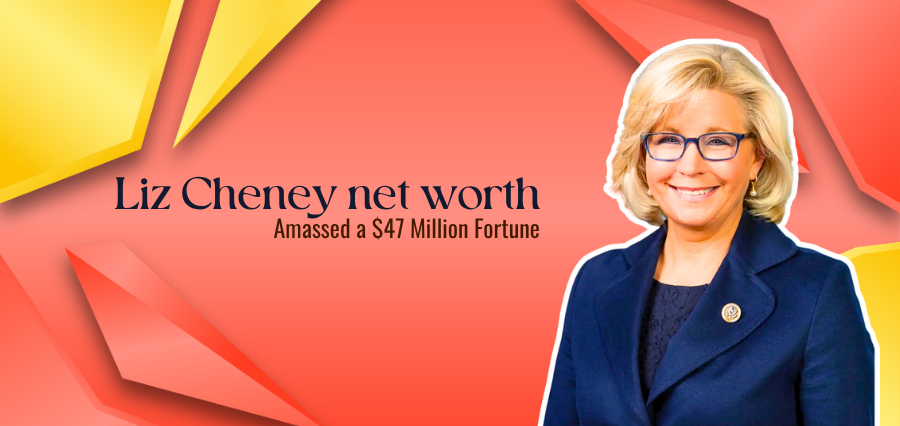The CEO as a Brand: Personal Branding in Business Leadership
In this age of hyperconnection, the distinction between corporate brand and individual identity is more and more blurred—particularly at the executive level. CEOs are no longer simply behind-the-scenes decision-makers dictating business direction. They are now front-line brand representatives, idea leaders, and quite often, the public face of the company itself. The idea of “The CEO as a Brand” is not a nicety—it’s a requirement in today’s business world.
Personal branding, which was once the domain of influencers and politicians, has now firmly set foot in the boardroom. Whether Elon Musk is tweeting about Tesla, Satya Nadella is humanizing Microsoft’s image, or Sara Blakely is telling her entrepreneurial story at Spanx, CEOs today are storytellers, visionaries, and cultural icons. In this setting, a robust personal brand is not only helpful—it’s strategic.
Why CEO Branding Matters
Today’s consumers are interested in more than products—they are interested in the individuals behind the products. They are interested in knowing who runs the company, what they stand for, how they treat workers, and where they are on issues of society. Based on Edelman’s Trust Barometer, individuals are more likely to trust a brand whose CEO is visible, genuine, and active in public conversation.
This is not a visibility trend—it’s a trust, transparency, and relatability trend. A CEO with a clear, consistent, and values-driven personal brand can build company reputation, attract the best talent, gain investor confidence, and become more relatable to customers.
Key Elements of a CEO's Personal Brand
Authenticity
A strong personal brand begins with authenticity. Audiences now can easily spot insincerity. CEOs who own their authentic voice, talk openly about what they’ve learned and speak truthfully from where they stand are more likely to be heard by the public.
Clarity of Purpose
A powerful personal brand is rooted in a clear “why” or mission. Innovation, sustainability, social responsibility, or customer experience—whatever the CEO’s personal mission is, it should reflect the company’s values and strategy.
Visibility
Showing up is what being a brand is all about. CEOs are now required to be present on platforms such as LinkedIn, X (formerly Twitter), YouTube, or even podcasts. Visibility creates familiarity—and familiarity creates trust.
Consistency Across Channels
Whether keynote, blog post, or media interview, the voice and message of the CEO must ring true on all platforms. A fragmented or overly polished image risks confusing the audience and weakening the brand.
Responsiveness and Engagement
Today’s CEOs need to engage—not broadcast. Whether reacting to international events, commenting on customer feedback, or joining community debates, the way a leader responds in public spaces sends a message.
The CEO Branding Business Impact
- Investor Relations: An evident and credible CEO can create shareholder and investor confidence. Actually, startups even get funding not only on the business model but on the personal credibility and leadership of the founder.
- Talent Attraction: In the employer-branding era, the greatest talent tends to seek beyond wages and benefits. They desire to work for vision-driven leaders. CEOs who articulate a clear vision and are emotionally intelligent attract mission-focused employees.
- Customer Loyalty: Consumers purchase from brands they trust, and they trust brands headed by individuals they respect. A down-to-earth CEO who’s a voice for customers’ interests can create loyal brands.
- Crisis Management: During a crisis, individuals turn to leadership for direction and reassurance. A CEO who is well-branded and has already established public trust can navigate their company through turmoil more effectively.
Risks of Personal Branding Done Wrong
While personal branding has enormous potential, it also poses risks—particularly when the brand eclipses the business. If the CEO gets too polarizing or inconsistent, it may take away from the company’s purpose and drive away important stakeholders.
Over-reliance on a CEO’s brand may also promote instability in transitions. A well-developed CEO brand should support the company, not make it one-man reliant.
Lastly, CEOs need to balance transparency and professionalism. Sharing too much personal opinion or getting into Twitter fights can harm credibility and the public image of the company.
CEO Brand-Building Tips
- Define your story: What is your leadership story? What have you learned from your experiences? What are your values?
- Pick your platforms carefully: You don’t have to be everywhere—just where your audience are.
- Work with PR and branding professionals: Especially for high-stakes communication, professional guidance helps maintain consistency and impact.
- Practice thought leadership: Write articles, speak at industry events, and contribute to relevant conversations.
- Embrace feedback: Listen, adapt, and show that you’re learning and growing—just like your company.
Conclusion: The CEO as a Living Brand
With the age of transparency, short attention spans, and earned trust, the CEO’s personal brand has turned into a business asset. It is an influence tool, alignment, and growth driver—not only for the leader, but for the organization as well.
Personal branding, when done intentionally, doesn’t only elevate the CEO—it humanizes the organization, creates deeper connections, and becomes a tone for genuine leadership in the digital era.
Because at the end of the day, people don’t just follow logos—they follow people.
Explore more insightful articles, interviews, industry news, and business magazines on our website. Click here to stay informed and inspired!
Latest Article
-
Emily Compagno’s Husband in 2025: The Full Story of Peter Riley, Their Marriage, and Where They Stand TodayArticle
-
Stephen Miller Net Worth: A Look at the Political Advisor’s Financial ProfileArticle
-
 How Liz Cheney net worth Amassed a $47 Million Fortune: A Detailed Look at Her Wealth, Career & InvestmentsArticle
How Liz Cheney net worth Amassed a $47 Million Fortune: A Detailed Look at Her Wealth, Career & InvestmentsArticle -
 Top 15 Master Oogway Quotes to Inspire Wisdom and Inner PeaceArticle
Top 15 Master Oogway Quotes to Inspire Wisdom and Inner PeaceArticle -
 Top 20 Beautiful Good Morning Sunday Messages for Loved OnesArticle
Top 20 Beautiful Good Morning Sunday Messages for Loved OnesArticle



